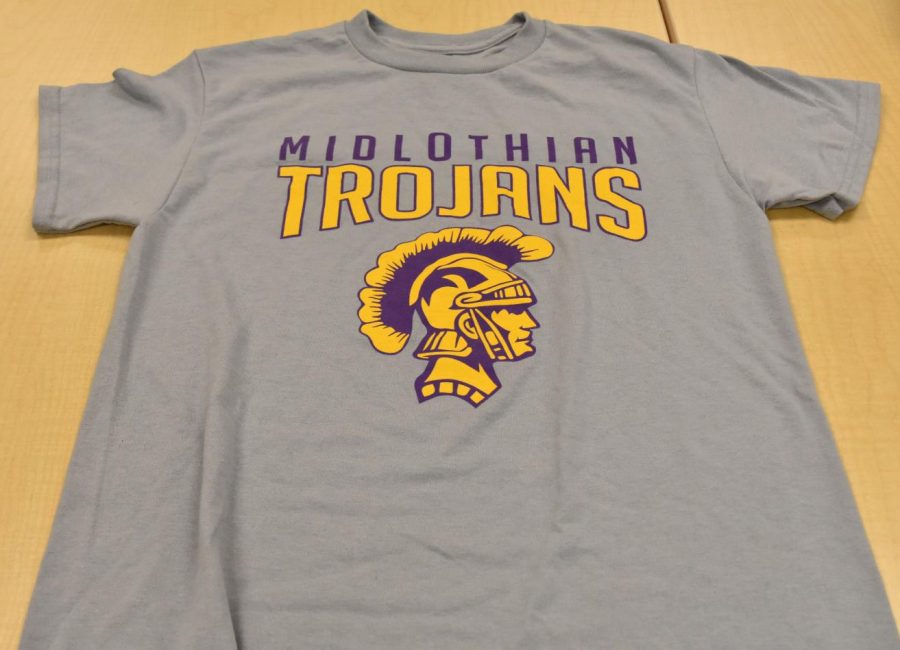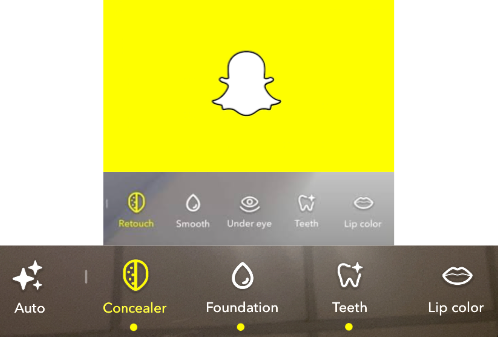Dress Code needs to change
The dress code in Chesterfield County schools needs to be changed because it is sexist
A female student walks in the hall, to their next block, when suddenly she is stopped by administration to get dress coded for wearing ripped jeans. At the same time, a male student walks by wearing a pair of ripped jeans, only to be waved on by the administrator.
The dress code for Chesterfield County Schools states that prohibited clothing includes tube tops, halter tops, tank tops, backless blouses or blouses only with ties in the back. Clothing that exposes cleavage, private parts, the midriff, or undergarments.
There are more policies that apply to feminine clothing as compared to masculine clothing.
“I find most of the dress code to be outdated,” Cameron Coats, 10, said. “In general, I see that there is a lot of sexism in dress codes.”
The majority of students getting dress coded are female students.
“I have only seen a guy dress coded once because his shorts were too short,” Nicole Roxas, 10, said. “I see girls get dress coded a lot more. There is a lot of clothing that is revealing on some, but not on others. It is not fair.”
Students want to wear what they feel most comfortable in to school.
“I think some of the rules are unnecessary,” Caroline Williams, 10, said. “We should be able to wear what we want. It should not matter if we are comfortable in it.”
Questions of fairness arise when admin pulls someone aside and tells them to change because their outfit if is not appropriate.
“I see guys walking around in tank tops where I can see there nipples and they do not get dress coded,” Camila Gonzalez, 10, said. “I have see girls who wear completely covering shirts, but they will be dress coded because they have bigger boobs. We need to change that.”
For some students, the shape of their body and puberty play a factor in whether or not they get cited for a dress code violation. Someone with a smaller figure is less likely to get dress coded than someone with a larger figure.
“I was first dress coded when I was in fifth grade,” McKenzie Underwood, 10, said. “There was a girl wearing the exact same thing as me but she was not dress coded. I only got in trouble because I had hit puberty.”
Although students are not asked to place their arms to their side to see if there shorts are shorter than their fingertips, like in middle school, it is based on what teachers and admin see. Even though this is how it works, there still entails an overwhelming amount of sexism within the system.
“The dress code was worse in middle school because they used the fingertip rule for shorts,” Paige Alley said. “When the dress code is enforced, girls get in trouble for wearing leggings while guys were wearing booty shorts and jerseys.”
Last year, students were not able to wear a hat, unless it was worn backwards. Now, there is more leniency to the rule.
“This year, they are more laid back a little bit with the dress code, but only to some people,” Bailey Reid, 10, said.
The dress code needs to change. A male student should not be able to walk around the hallway in tank top with his ripped showing and be ignored by administration only for a female student, who has a larger chest, in a crop be dress coded because she is too distracting. How does this show equality and fairness throughout the school?
“If you are going to have a dress code, enforce it on everyone,” Mira Morales, 10, said.

Class of 2025
Meghan Davis has been on staff for three years. Outside of school, she enjoys traveling, reading, and going to theme parks.







